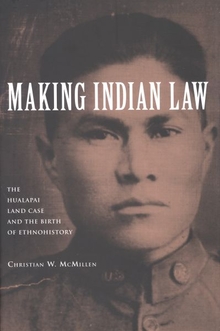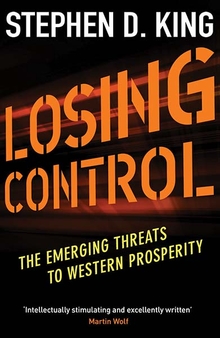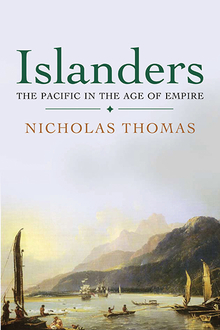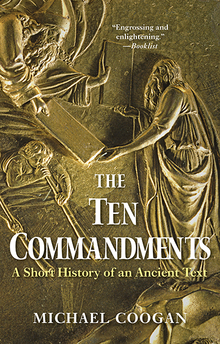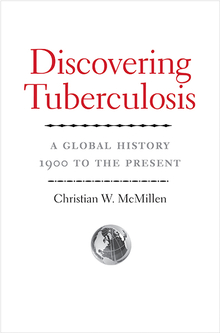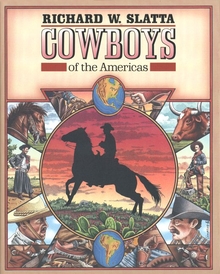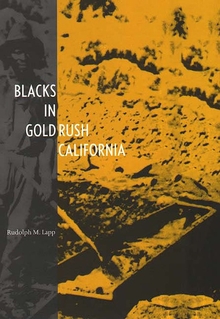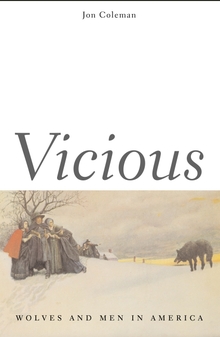Making Indian Law
WARNING
You are viewing an older version of the Yalebooks website. Please visit out new website with more updated information and a better user experience: https://www.yalebooks.com
The Hualapai Land Case and the Birth of Ethnohistory
Christian W. McMillen
In 1941, after decades of struggling to hold on to the remainder of their aboriginal home, the Hualapai Indians finally took their case to the Supreme Court—and won. The Hualapai case was the culminating event in a legal and intellectual revolution that transformed Indian law and ushered in a new way of writing Indian history that provided legal grounds for native land claims. But Making Indian Law is about more than a legal decision. It’s the story of Hualapai activists, and eventually sympathetic lawyers, who challenged both the Santa Fe Railroad and the U.S. government to a courtroom showdown over the meaning of Indian property rights—and the Indian past.
At the heart of the Hualapai campaign to save the reservation was documenting the history of Hualapai land use. Making Indian Law showcases the central role that the Hualapai and their lawyers played in formulating new understandings of native people, their property, and their past. To this day, the impact of the Hualapai decision is felt wherever and whenever indigenous land claims are litigated throughout the world.
At the heart of the Hualapai campaign to save the reservation was documenting the history of Hualapai land use. Making Indian Law showcases the central role that the Hualapai and their lawyers played in formulating new understandings of native people, their property, and their past. To this day, the impact of the Hualapai decision is felt wherever and whenever indigenous land claims are litigated throughout the world.
Christian W. McMillen is assistant professor of history and American studies, University of Virginia.
ISBN: 9780300143294
Publication Date: February 10, 2009
Publication Date: February 10, 2009
304 pages, 6 1/8 x 9 1/4
2 maps
2 maps

